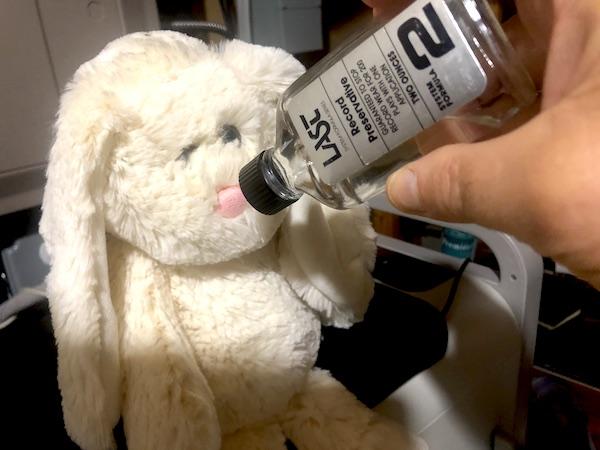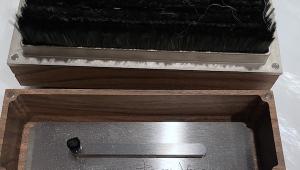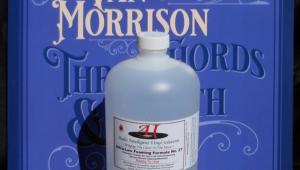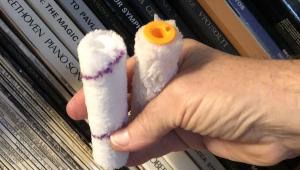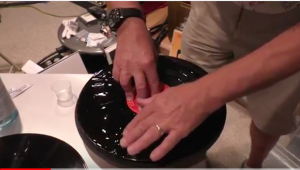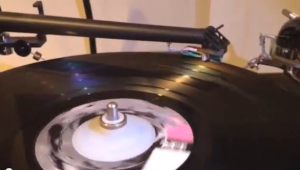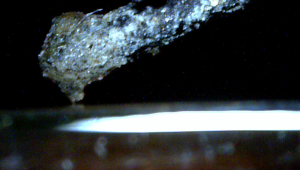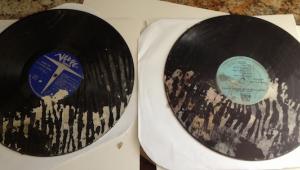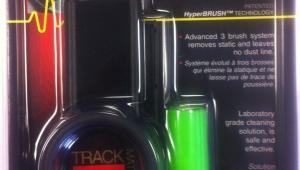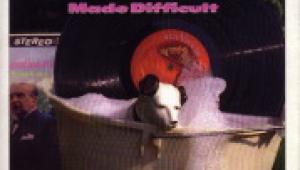Kirmuss Audio Versus The LAST Factory! Gloves On! Rabbits Off!
Mr. Kirmuss avers that I claim that LAST is not a "coating," while Kirmuss insists it is, using high resolution microscopy to prove his point. He also claims that his cavitation process can remove the "coating" and greatly improve the sound. You'll see that on the video. I respond that I don't really know but that all I'm doing is repeating what The LAST Factory claims, which is that the preservative is not a coating.
Once home from RMAF I decided to contact The Last Factory to get their side of this. So, below you'll find the video excerpt of my surprise encounter with Mr. Kirmuss and below that the downloadable PDF of the letter I received from the folks at The LAST Factory disputing Kirmuss's claim. I have The LAST Factory's permission to offer you the PDF.
Please watch, read and comment!
